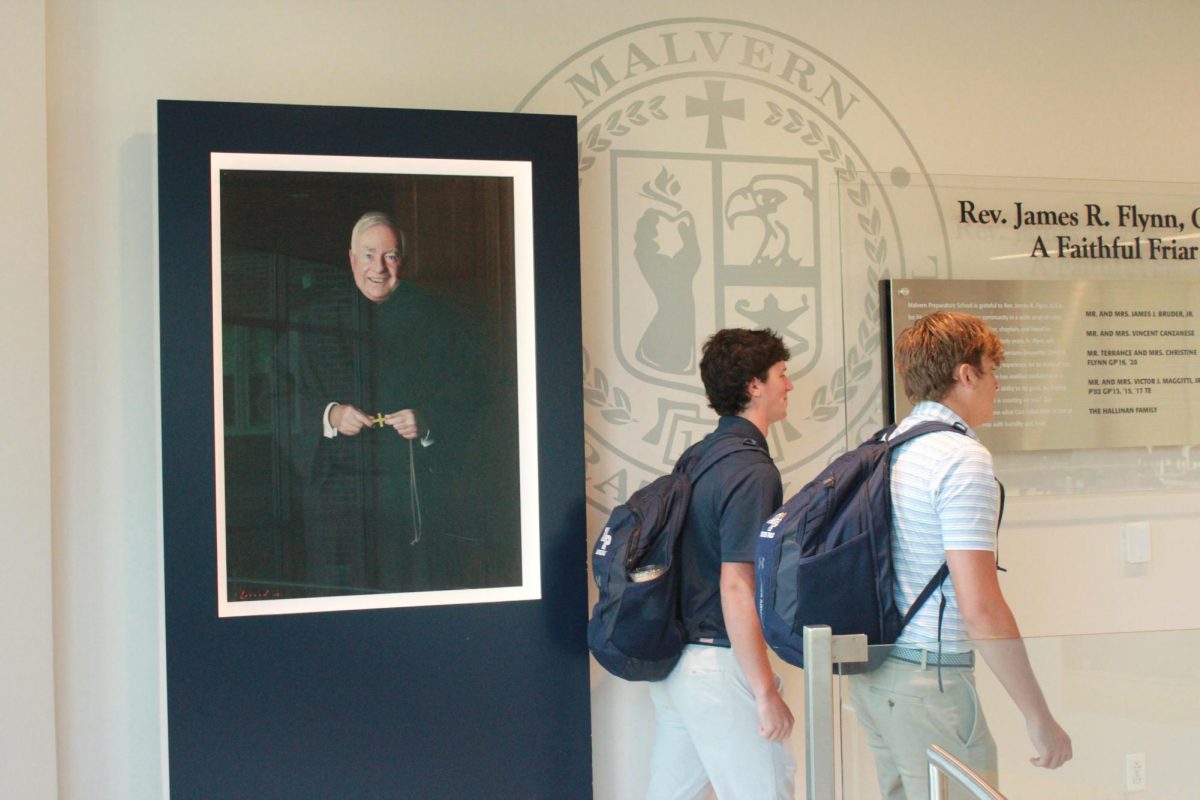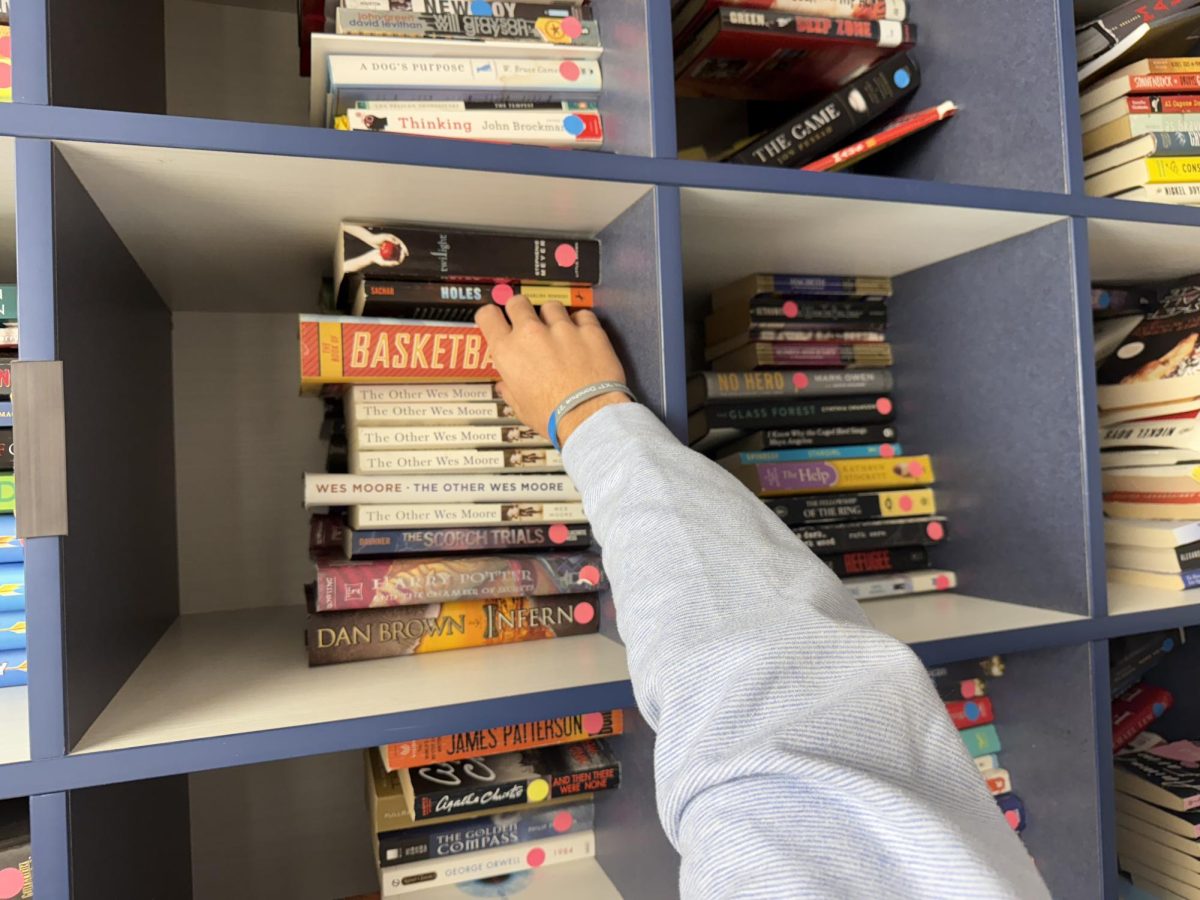Building a genuinely diverse student body, faculty, and staff takes time, training, and commitment.
Malvern has started the process of improving diversity on campus through a Diversity Initiative, spearheaded by School Psychologist Dr. Dorothy Sayers and Director of Diversity and Assistant Director of Admissions Mr. Patrick Williams. Efforts include admissions strategies, faculty and staff training, and student programming through the Diversity Awareness Club.
“We are trying to hit it from a multi-facet approach. You want to work with the students and you want to work with the faculty and staff,” Williams said.
[perfectpullquote align=”right” cite=”” link=”” color=”” class=”” size=””]“If students have a teacher similiar to them or the same race who they can relate to, it would help out. If there were diverse teachers in the building, that would open kids’ eyes and change their thought process.”
-Rashon Lusane ’16[/perfectpullquote]
Williams’ main role is the recruitment and retention of students of color. He focuses mainly on racial and socioeconomic diversity.
He described his role as “doing more outreach, marketing Malvern to more areas where there is higher levels of that racial ethnic and socioeconomic diversity, to entice these families to look at Malvern when they otherwise may not have.”
To improve diversity from an admissions standpoint, Malvern has begun work with two organizations, Steppingstone Scholars Inc. and A Better Chance Program. Both of these organizations bring promising inner city students to Malvern’s attention.
“They identify strong academic candidates that have to be nominated by their teachers in the 3rd or 4th grade,” Williams said. “They bring them up through a program for three years and then try to get them enrolled in the great independent schools that we have in the area.”
“We’ll have at least one, if not two students students from those programs attending in the ninth grade and hopefully one in the middle school [next year],” Williams said.
Another component of the diversity initiative, faculty and staff training, will make sure that teachers and faculty are able to work in the classroom with students from any background. Some faculty are currently involved in SEED training – which stands for Seeking Educational Equity and Diversity – with plans for this program to grow.
Williams, Sayers, and School Counselor Mrs. Carissa Casey attended leadership training for SEED in the San Francisco area last summer.
“It was a nine day intensive training, and we’ve come back and started the first cohort of teachers going through that local training,” Williams said. They are currently leading 17 teachers through a local ten-month training session.
School Psychologist Dr. Dorothy Sayers co-leads these SEED sessions. She also moderates the Diversity Club and helps Williams with other matters regarding the Diversity Initiative.
“The goal of [the SEED sessions] is eventually to have all of our faculty and staff go through that experience,” Sayers said. “That experience in itself will help inform curriculum and how we hear stories and understand people’s different perspectives, so that should impact the work that happens in the classroom.”
The Initiative not only works with teachers and faculty, but also with the students through the Diversity Awareness Club. According to their mission statement the goal is to “promote education of … diversity and to create a community that is accepting and embraces those different from oneself in the spirit of brotherhood and unitas.”
The Diversity Awareness Club hosts a variety of events from Open Mic Nights, Movie nights, and HUGS, in addition to collaboration with other schools in the area.
According to Williams, the club is going to take students to the White Privilege Conference occurring in April of this year in Philadelphia.
The conference’s website states that this four-day conference “examines challenging concepts of privilege and oppression and offers solutions and team building strategies to work toward a more equitable world.”
Williams attended Malvern, so he has experienced what it is like to be a student of color at Malvern. He can relate to students of color like senior Rashon Lusane, who are the most visible examples of diversity on campus.
“If you are a minority, no matter where you are at, you’re always going to feel a little different in some situations,” Lusane said. “I have my group of friends and I mostly keep to myself, so I don’t really have those problems.”
[perfectpullquote align=”right” cite=”” link=”” color=”” class=”” size=””]“I don’t really have someone I can talk to who might be able to experience the same thing, so I’m always wondering is it just me or this something other teachers deal with. It’s almost like an isolation type of thing. You feel like you are the only one even though you really aren’t.”
-Mrs. Vernice Mulcahy[/perfectpullquote]
Lusane thinks that diversity at Malvern is low, but he can see that small steps are being taken to increase it. He has ideas about how to improve our community, and he intends to share these with Williams before he graduates.
“If students have a teacher similiar to them or the same race who they can relate to, it would help out,” Lusane said. “If there were diverse teachers in the building, that would open kids’ eyes and change their thought process.”
Science teacher Mrs. Vernice Mulcahy is currently the only faculty member of color whose primary role is teaching students in the classroom. Mulcahy, who is Filipino, suggested the experience can be challenging.
“I don’t really have someone I can talk to who might be able to experience the same thing, so I’m always wondering is it just me or this something other teachers deal with,” she said. “It’s almost like an isolation type of thing. You feel like you are the only one even though you really aren’t.”
“It’s Malvern, we are a supportive community so that helps,” Mulcahy added.














